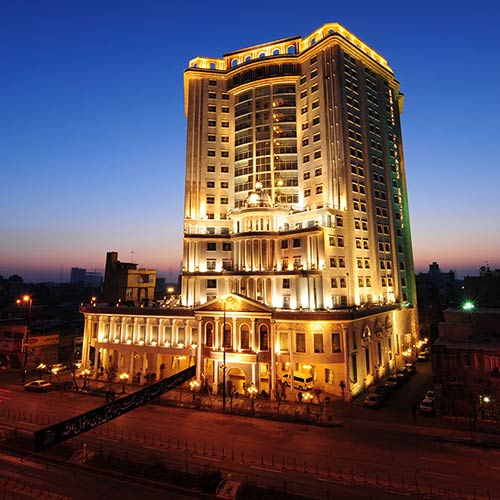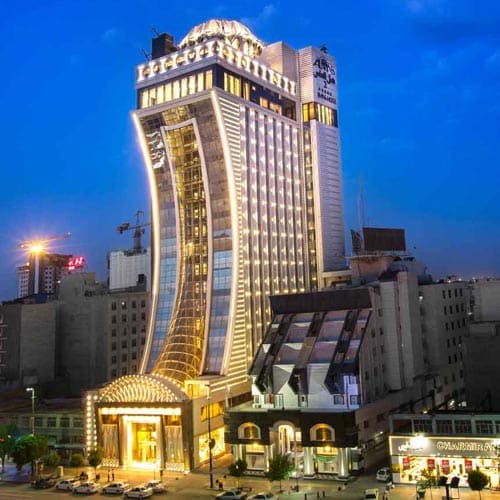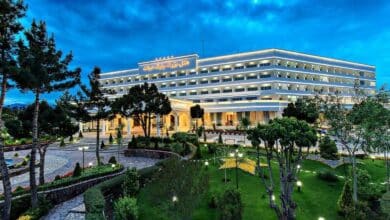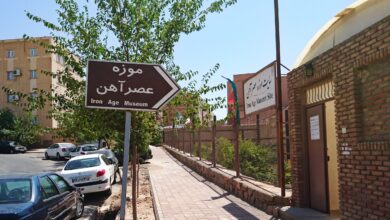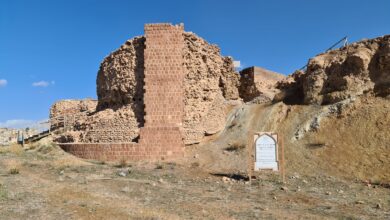Guide to Mashhad Botanical Garden: Highlights and Access
Mashhad Botanical Garden: Features and Flora
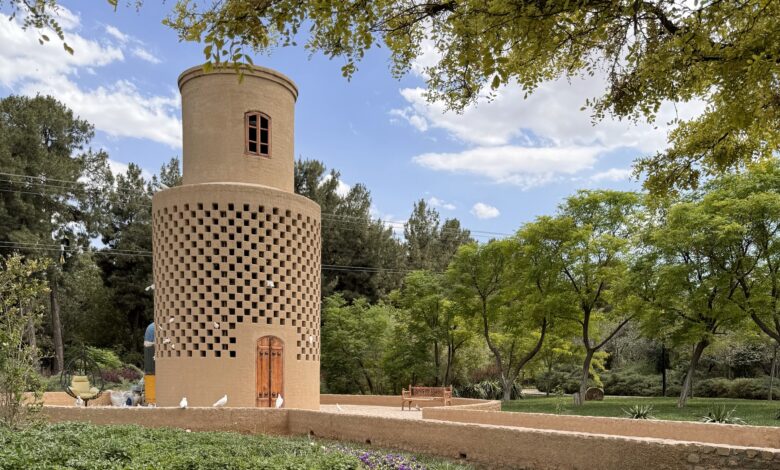
Mashhad, globally renowned for the Imam Reza Shrine, is a vibrant metropolis with diverse attractions. Among them, the Mashhad Botanical Garden stands out as a sprawling oasis, blending natural beauty with scientific value.
Spanning 25 hectares, this garden captivates with its vast plant collections, serene lakes, and family-friendly amenities, making it a must-visit for tourists and locals alike. This guide details the garden’s features, history, and how to reach it, ensuring a seamless adventure. Book your trip with OrientTrips to explore Mashhad’s green gem effortlessly.
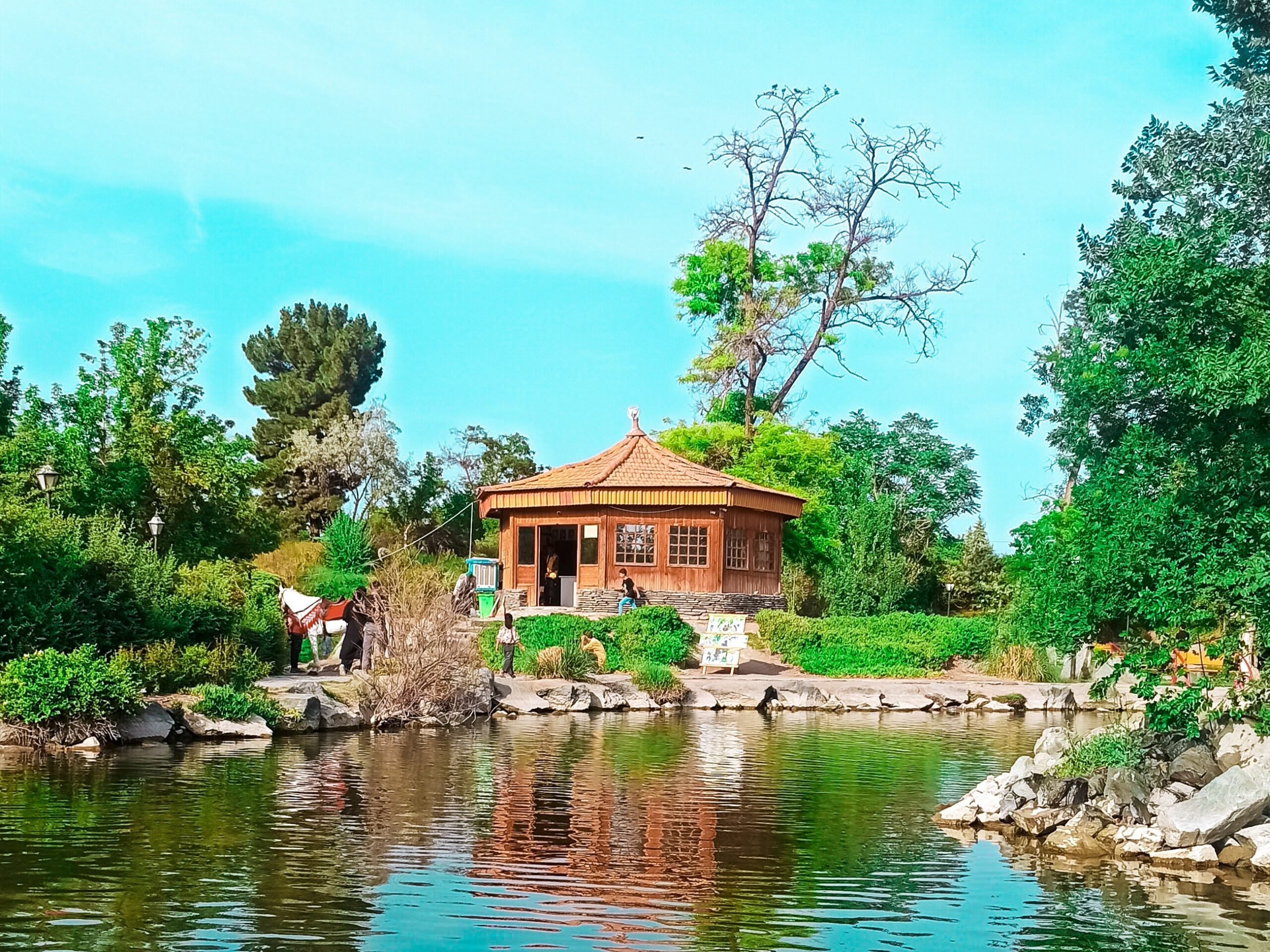
Contents
Introduction to Mashhad Botanical Garden
The Mashhad Botanical Garden, also known as Bagh Mashhad, is a haven for plant enthusiasts, students, and leisure seekers. Housing thousands of species—medicinal, ornamental, and edible—it’s both a research hub and a recreational paradise.
Its manicured landscapes, dotted with lakes, waterfalls, and gazebos, invite visitors to relax or explore. In spring, blooming flowers and fruit trees (accessible with permission) add charm, while photo-worthy vistas, like a floral “carpet” from above, enchant year-round. Beyond botany, the garden offers educational tours, dining, and cultural exhibits, ensuring something for everyone.
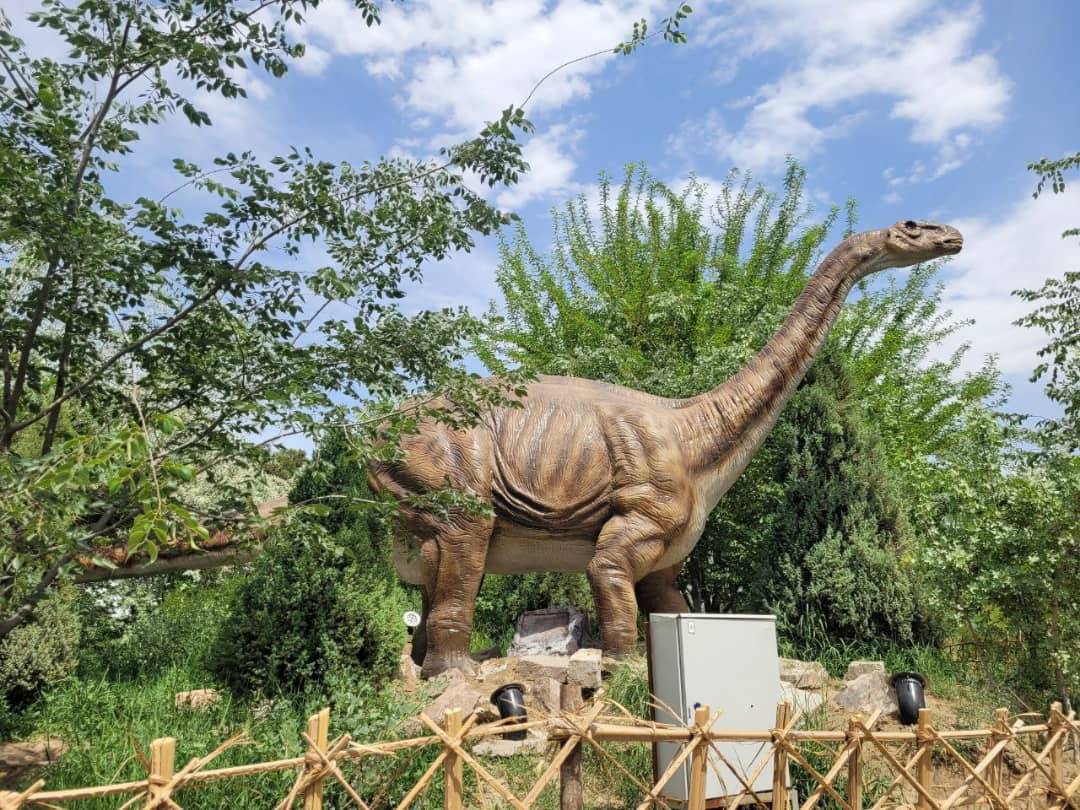
History of Mashhad Botanical Garden
Established on June 12, 2013, the Mashhad Botanical Garden quickly earned acclaim as Iran’s largest botanical garden, a claim backed by its 25-hectare expanse. Launched with a 1.5-year, 15-billion-toman project involving 450 workers and 42 contractors, it aimed to preserve plant genetics, educate the public, and promote green spaces.
Aggressive marketing highlighted its scale, drawing crowds eager for beauty and knowledge. Today, it hosts festivals like the annual Chrysanthemum Exhibition, cementing its status as a Mashhad landmark.
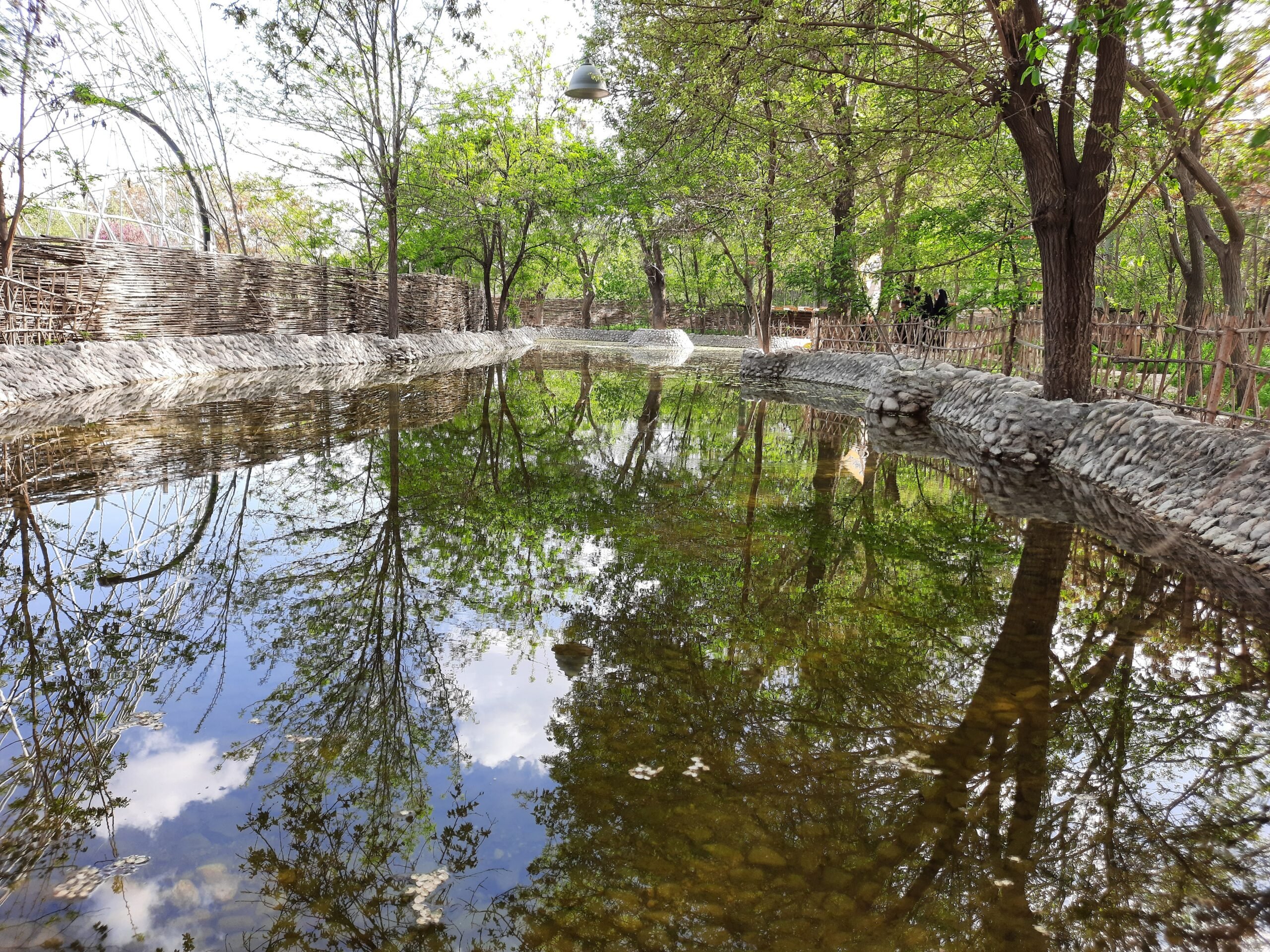
Layout and Key Sections
Covering 25 hectares, the garden is meticulously organized into 11 specialized collections, blending art, architecture, and botany:
- Medicinal and Aromatic Plants: A 1.5-hectare plot with 180 species (400 genetic samples), like lavender and chamomile, used for research and education.
- Rose Garden: One hectare showcasing 120 rose varieties from 30 species, a visual delight.
- Rock Garden and Waterfall: Features seasonal bulbs and rugged flora, framed by cascading water.
- Native Fruit Garden: Mimics old Persian orchards with 140 fruit trees and 30 non-fruiting species, like pomegranate and walnut.
- Iran-Turan Zone: Displays regional flora, reflecting Iran’s biodiversity.
- Central Asia Zone: Highlights plants from neighboring ecosystems.
- Conifer Collection: Showcases evergreens, adding year-round greenery.
- Arboretum and Systematics: Organizes plants by taxonomy for study.
- Chrysanthemum Festival: A fall highlight with 700 genetic samples, doubling as a medicinal plant.
- Greenhouses and Nurseries: Support plant propagation and research.
- Educational Displays: Offer insights into plant uses and ecology.
Top Hotels in Mashhad for Your Stay
Discover the best hotels in Mashhad with great prices and premium services—close to the shrine and top attractions. Perfect for families and travelers seeking comfort and convenience.
Beyond plants, the garden features lakes with colorful fish, stone pathways, gazebos for rest, and a Jurassic Park with life-sized dinosaur models, thrilling kids. A symbolic village showcases Khorasan’s rural life, while restaurants like Botanic and Rose serve Persian and seafood dishes.
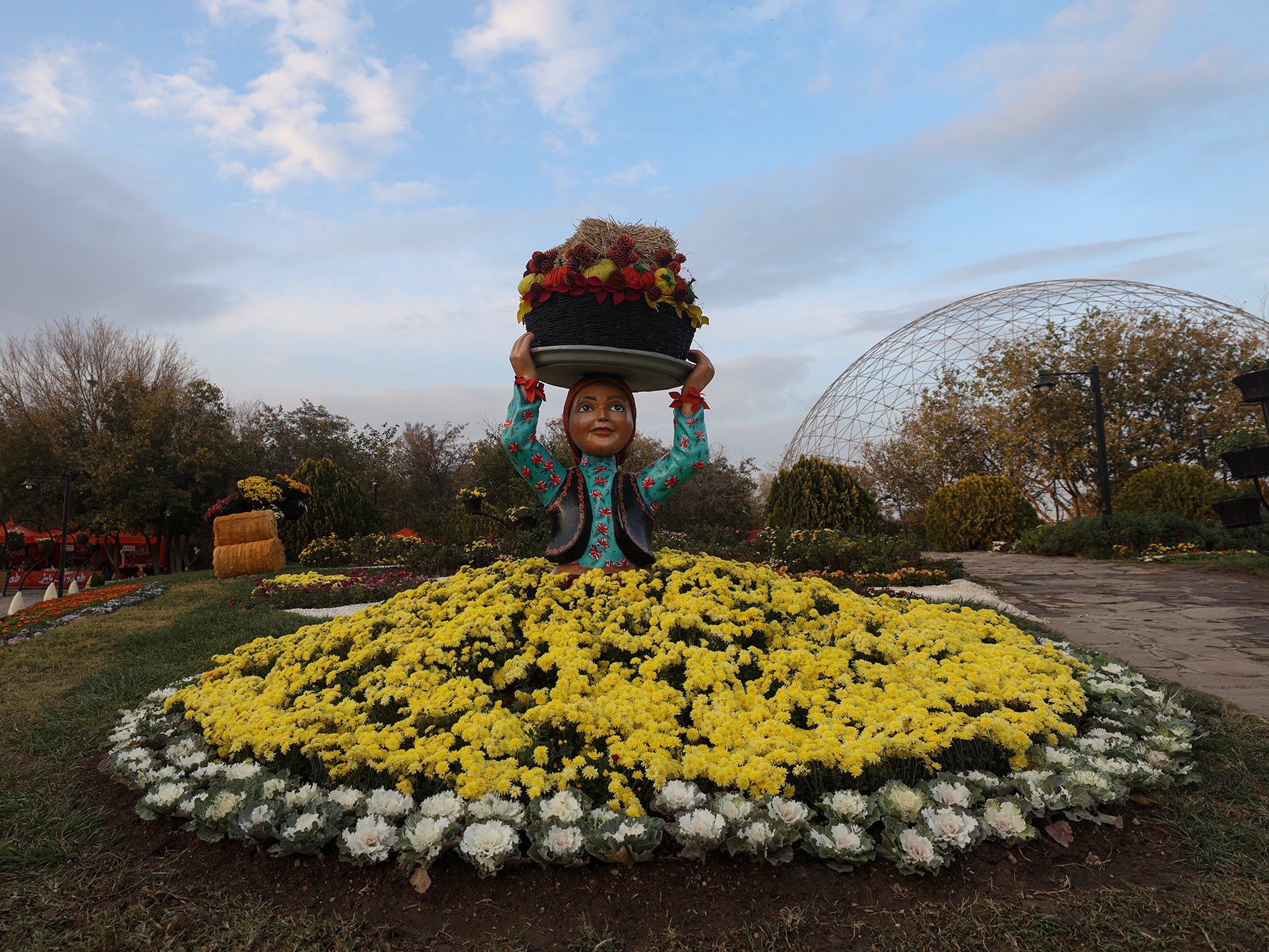
Plant Species in the Garden
The garden’s diversity is staggering, with 44,776 square meters of lawns, 25,252 square meters of perennials, 9,500 square meters of seasonal flowers, 14,950 trees/shrubs, and 12,300 square meters of hedges. Key plants include:
- Medicinal: Lavender, borage, chamomile, mint, licorice, and horsetail, with guides explaining their benefits (e.g., borage for stress relief).
- Ornamental: Chrysanthemums (200+ varieties), roses, and seasonal blooms like tulips.
- Edible: Fruit trees—apples, cherries, figs—yield in spring, shared with permission.
- Native: Persian silk trees, junipers, and tamarisks, reflecting Iran’s flora.
Signs detail each plant’s properties, making it accessible for novices, while experts offer free talks on herbal remedies, boosting the garden’s educational pull.
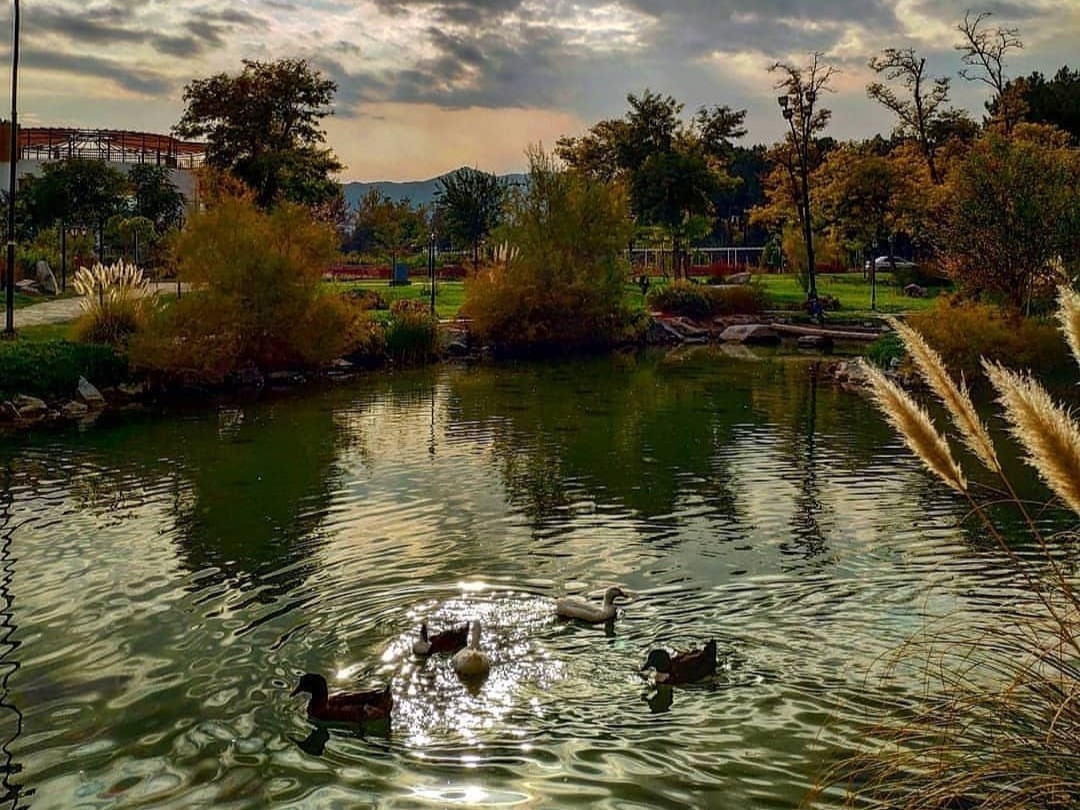
Visiting Conditions
- Hours: Open daily, 8:00 AM to 9:30 PM; extended during festivals (e.g., fall chrysanthemum event).
- Tickets: €0.22 per person; extra for attractions like Jurassic Park. Prices may vary—call ahead.
- Rules: No pets, outside food, or vehicles inside (wheelchairs/scooters allowed for accessibility). No camping or fires permitted.
- Amenities: Restaurants, cafés, restrooms, electric carts for mobility, and a 450-seat conference hall for events.
- Photography: Free for personal use; no tripods without permission.
Tip: Visit in spring for blooms or fall for chrysanthemums; mornings are quieter. Book hotels via OrientTrips for first-time discounts.
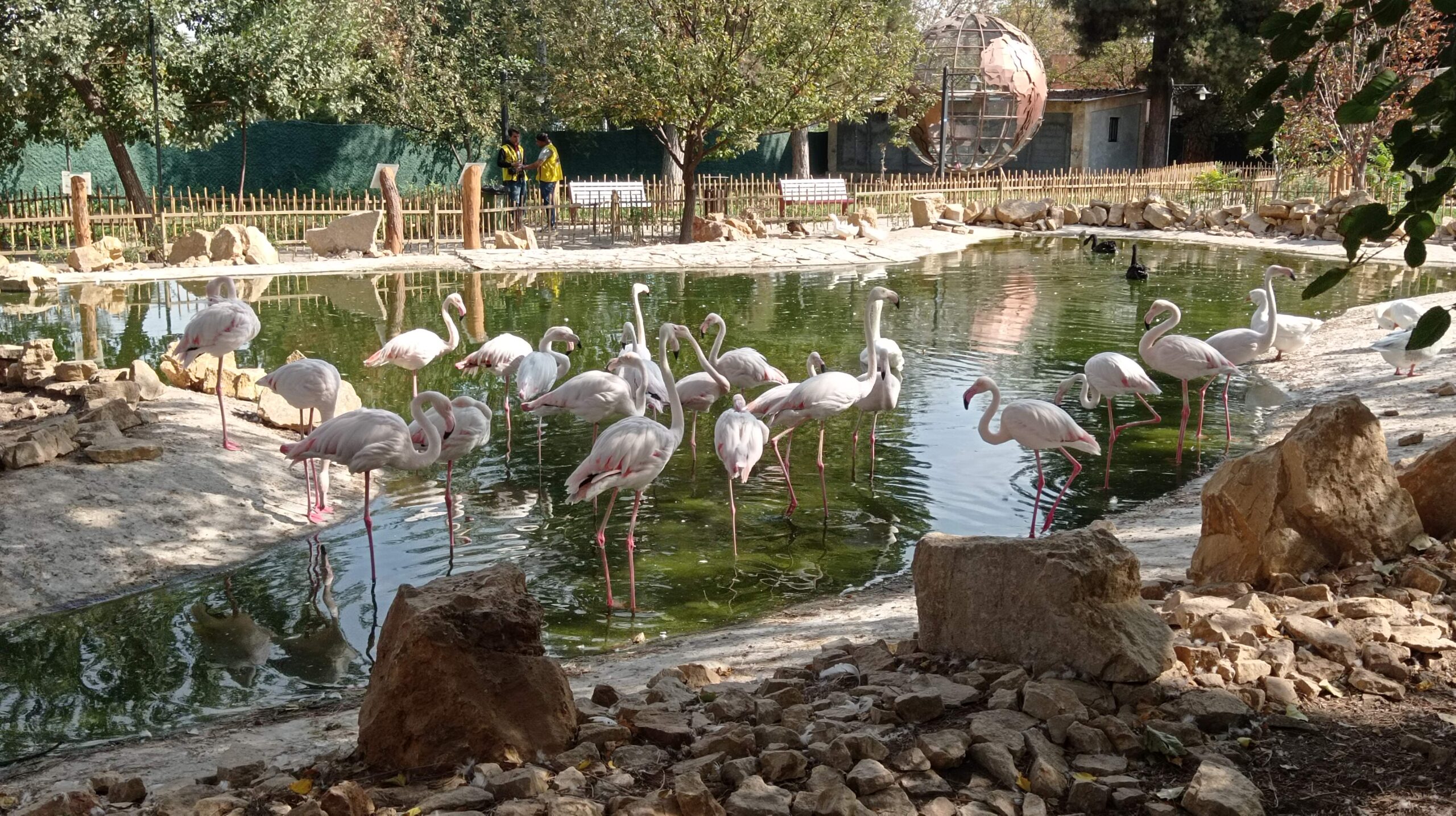
How to Reach Mashhad Botanical Garden
Located in central Mashhad, the garden is accessible by various means. Address: Block 2, Bolvar Jomhouri, between Moghaddam Square and Ghadir Bridge, Mashhad, Khorasan Razavi, Iran.
From Downtown Mashhad
- Distance: ~5 km, ~10-15 minutes by car.
- Taxi: €0.44 to €0.66 via OrientTrips’ taxi service or apps like Snapp.
- Car: Drive via Bolvar Jomhouri; parking available (~68,200 sqm of paths inside are pedestrian-only).
- Metro: Line 1 (Vakilabad to Airport) to Ghadir or Parvin Etesami stations; walk ~500-900 meters.
- Bus: Line 61 (Shirazi Town to Enqelab Terminal) stops at Parvin Etesami Square, ~500 meters away.
From Imam Reza Shrine
- Distance: ~5 km, ~15 minutes.
- Route 1: From Tabarsi St., take BRT (Imam Reza Terminal to Tabarsi) to 15 Khordad Square (4 stops). Walk to Bolvar Jomhouri’s first bus stop, board Line 61 to Parvin Etesami Square, then walk 500 meters.
- Route 2: From Beit ol-Moqaddas Square, take BRT to 15 Khordad, then Line 61 to Parvin Etesami.
- Taxi: €0.55 via OrientTrips.
From Mashhad Airport
- Distance: ~8 km, ~12 minutes.
- Taxi: €0.66 via OrientTrips.
- Metro: Line 1 from Airport to Ghadir Station; walk 900 meters.
- Car: Take Bolvar Jomhouri from Persian Gulf Hwy.
Accessibility
- Disabled Visitors: Wheelchairs and scooters permitted; electric carts available. Entrances (Gate 2 on Bolvar Jomhouri) are ramped.
- Public Transport: Minibuses and BRT connect from Mashhad Railway or bus terminals.
Tip: Use Gate 2 (Bolvar Jomhouri, near Hyper Star) for public entry; Gate 1 is staff-only.
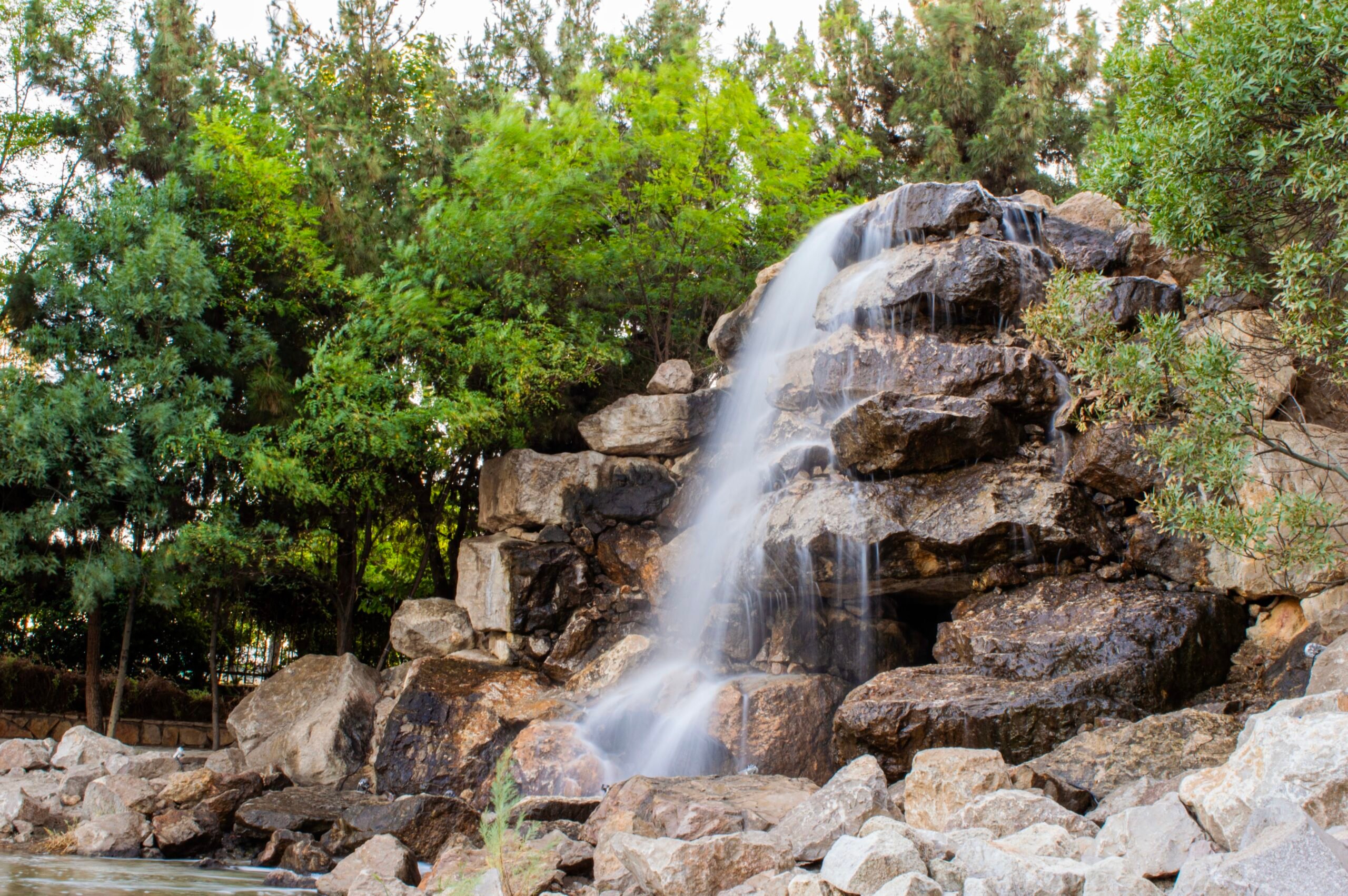
Why Mashhad Botanical Garden Stands Out
Unlike Mashhad’s urban parks like Mellat, this garden merges science and leisure. Its 180+ medicinal species, dinosaur park, and rural village set it apart, offering education and fun. The floral carpet layout, visible from elevated paths, rivals global gardens like Kew. Affordable tickets, diverse dining, and proximity to harm (~5 km) make it a versatile stop. Its 2013 debut, with massive investment, ensures lasting appeal.
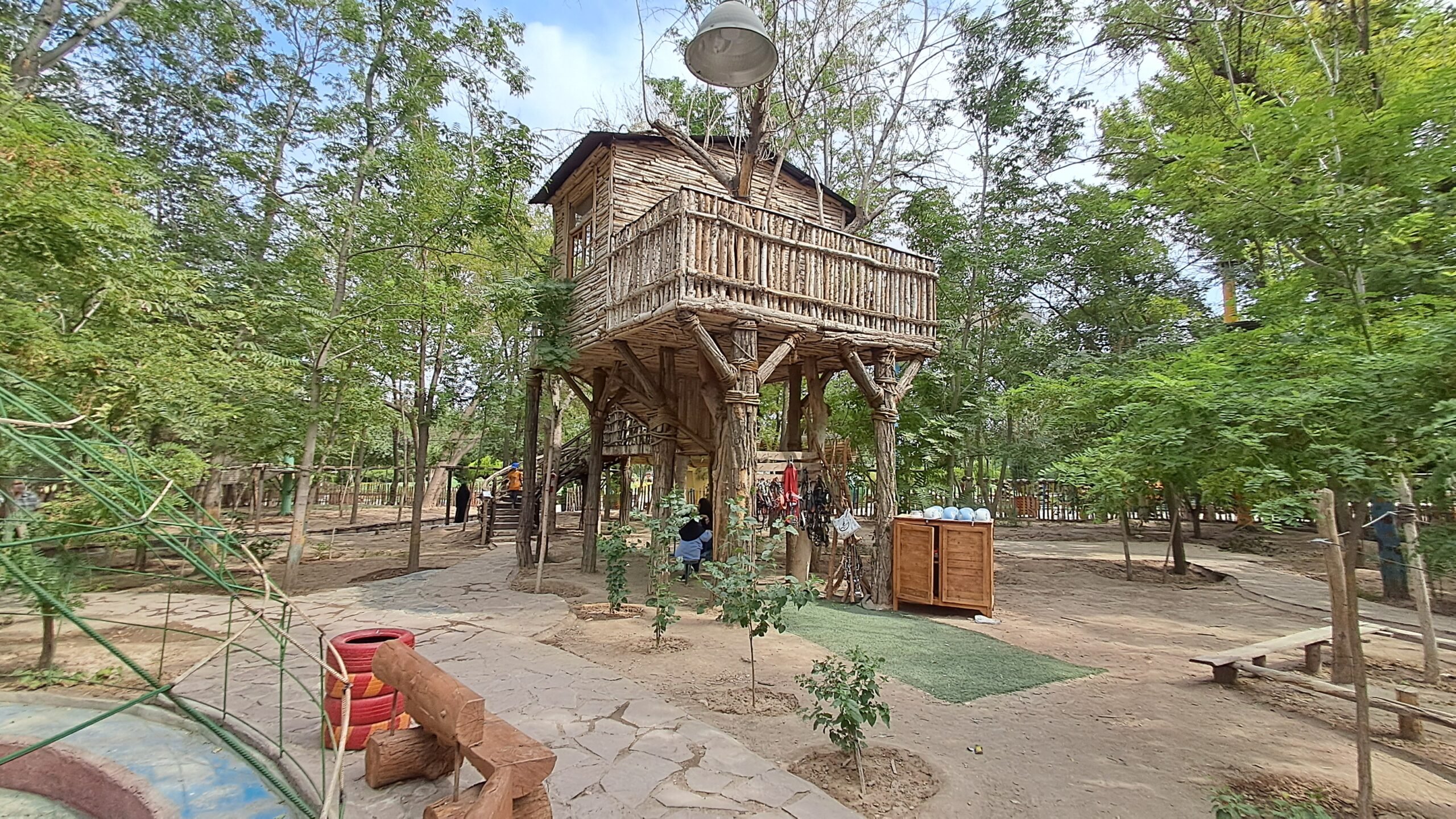
Tips for Visitors
- Book Travel: Fly via OrientTrips’ flights or take a train (OrientTrips’ trains); spring/fall ideal, summer quieter.
- Timing: Arrive 8-10 AM to avoid crowds; 3-4 hours needed. Fall chrysanthemum fest is a highlight.
- Pack: Comfortable shoes for 68,200 sqm of paths; no outside food—use cafés. Sunscreen for open areas.
- Explore Nearby: Visit 17 Shahrivar St. markets or Ghadir Park post-tour.
- Stay Close: Hotels like Darvishi are ~10 minutes away—book via OrientTrips for deals.
- Capture It: Snap roses, waterfalls, or dinosaurs; share on Instagram.
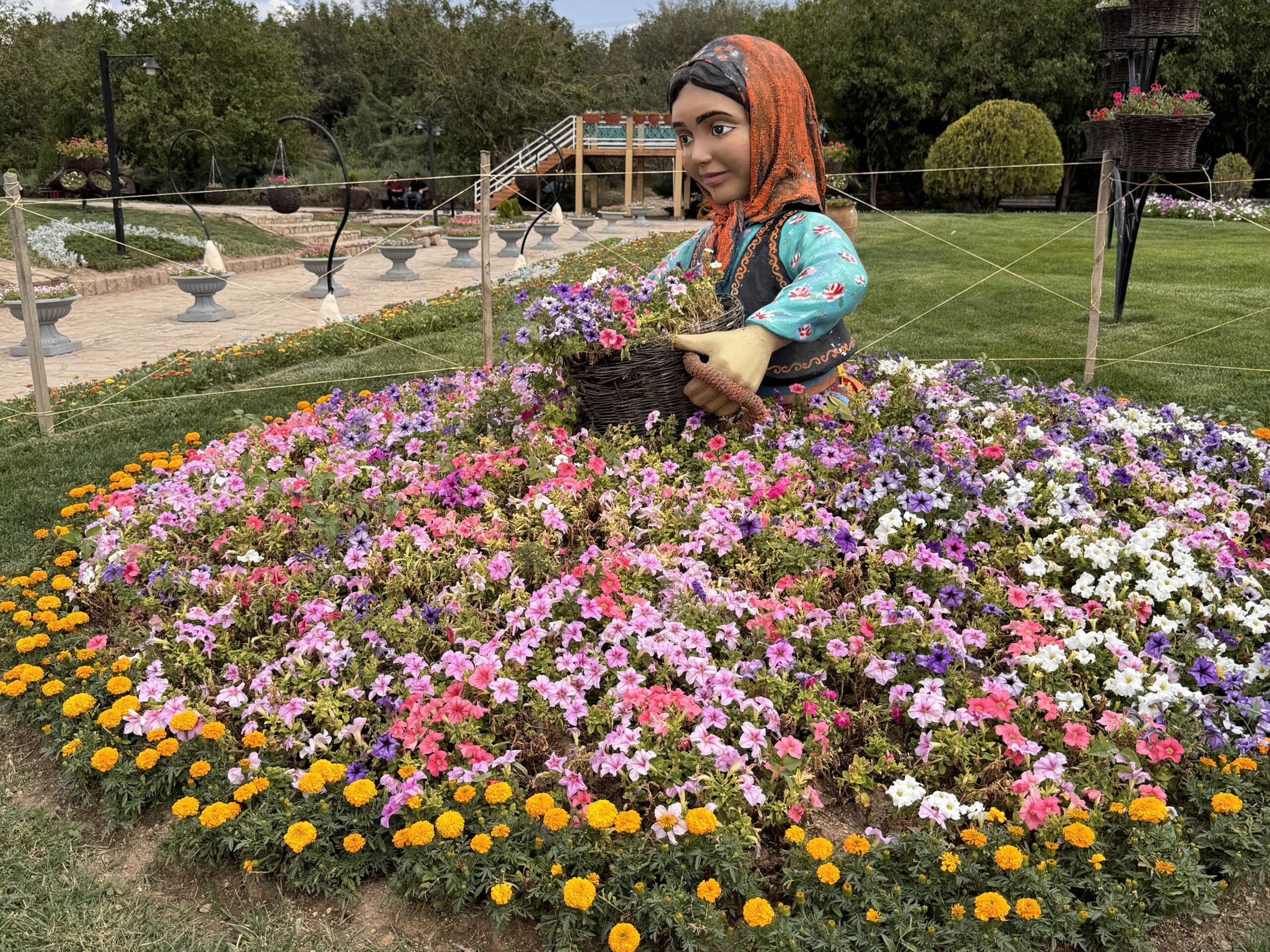
Final Thoughts
Mashhad Botanical Garden, Iran’s largest at 25 hectares, blends floral splendor with cultural depth. From medicinal herbs to dinosaur thrills, it captivates all ages. Accessible via Mashhad’s metro, taxis, or cars, it’s a short hop from harm. Affordable, educational, and scenic, it rivals Kish’s beaches for charm. Plan with OrientTrips for flights, trains, or hotels, and share your garden story below for a blooming Mashhad adventure!
